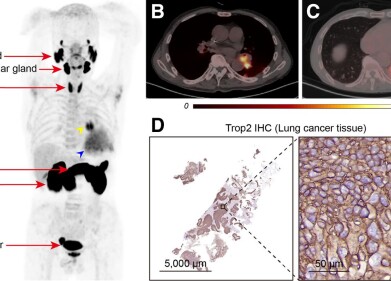-
 Scientists use X-ray fluorescence to learn more about sfumato
Scientists use X-ray fluorescence to learn more about sfumato
News & views
Scientists reveal process behind Da Vinci's sfumato
Jul 16 2010
Using X-ray fluorescence, the scientists examined the layers of paint built up on seven of Da Vinci's works, including the Mona Lisa, which is painted on a poplar panel.
They discovered some of the secrets of sfumato, a combination of technological innovation and artistic skill from the early 16th century.
In the case of Da Vinci, some layers of paint used were no thicker than two microns, leading to a total thickness of oil less than 40 microns deep.
The use of very thin layers is part of the sfumato process, combined with the properties of the pigments applied.
It is just one of the techniques that the scientists say allowed Da Vinci to replicate faces with high levels of detail and optical effects including blended shadows, soft transitions and subtly blurred outlines.
Digital Edition
Lab Asia 31.6 Dec 2024
December 2024
Chromatography Articles - Sustainable chromatography: Embracing software for greener methods Mass Spectrometry & Spectroscopy Articles - Solving industry challenges for phosphorus containi...
View all digital editions
Events
Jan 22 2025 Tokyo, Japan
Jan 22 2025 Birmingham, UK
Jan 25 2025 San Diego, CA, USA
Jan 27 2025 Dubai, UAE
Jan 29 2025 Tokyo, Japan


















